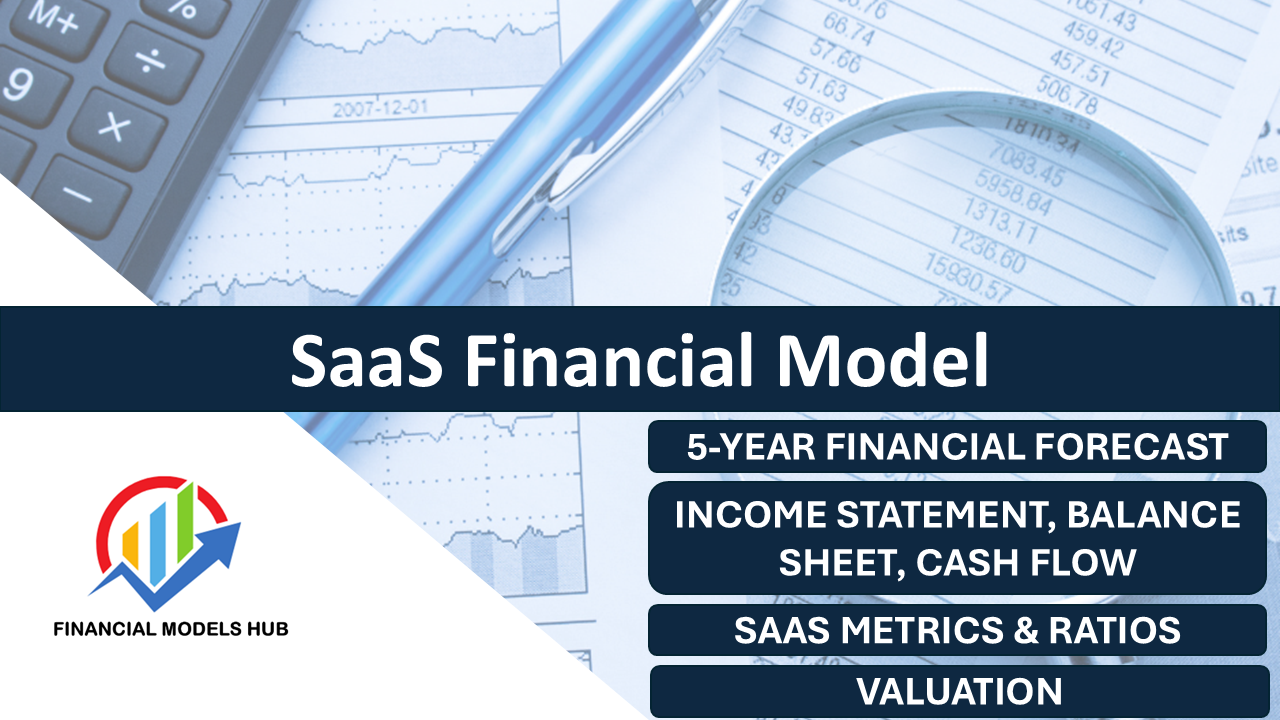In the fast-evolving world of Software-as-a-Service (SaaS) businesses, having a robust financial model is crucial. These models assist startups in projecting expenses and revenues, understanding cost structures, and ultimately making informed strategic decisions. Let’s dive into the critical components, types, and benefits of SaaS financial models.

Understanding SaaS Financial Models
SaaS financial models encompass various components that help forecast a company’s financial performance. These models include elements such as the revenue model, cost structure, and metrics like customer acquisition and retention. They provide a clear picture for startups to evaluate their growth trajectory and financial health A Full Guide to SaaS Financial Models.
Key Components
- Revenue Model: Understanding how revenue is generated is the cornerstone of any financial model. Whether through subscriptions, freemium models, or enterprise contracts, defining the revenue streams is crucial.
- Cost Structure: Identifying the operational costs, including COGS, customer support, and R&D, helps in understanding the financial burden of running the SaaS business.
- Customer Metrics: Metrics such as the churn rate and customer lifetime value (CLTV) offer insights into customer behavior and business sustainability.
- Financial Statements: Building an income statement, balance sheet, and cash flow statement helps in monitoring financial health over time Corporate Finance Institute.
Building Financial Forecast Models
Creating financial forecasts involves predicting future performance based on historical data and assumptions. It is a powerful tool for goal setting and strategic planning.
- Financial Forecast Model: This model is a financial blueprint that projects income, expenses, and future financial conditions Understanding the SaaS Financial Model.
Utilizing SaaS Revenue Modeling
SaaS revenue modeling helps predict how changes in pricing or customer behavior can impact overall revenue The SaaS Financial Model You’ll Actually Use. This includes calculations of Monthly Recurring Revenue (MRR) and Annual Recurring Revenue (ARR), considering factors like billing frequency and contracted terms.
SaaS Financial Modeling for Startups
For startups, a financial model is more than just a forecast – it’s a roadmap. Startups use these models to raise funds, budget for development, and assess financial viability SaaS Financial Model For Startups & SMBs.
Steps to Build a Financial Model:
- Data Collection: Gather historical data on sales, cost, and customer metrics.
- Assumption Setting: Define growth rates, churn rates, and customer acquisition costs (CAC) based on market research and historical performance SaaS Financial Modeling for Startups (A Template Guide).
- Scenario Analysis: Use scenarios to understand potential financial outcomes and prepare for uncertainties How to Build a SaaS Financial Model in 7 Steps.
- Validation: Continuously compare forecasts with actuals to refine and validate your model.
Frequently Asked Questions
What are SaaS financial models?
SaaS financial models are projections that help forecast a company’s financial performance, incorporating revenue streams, costs, and customer metrics to predict future outcomes.
Why is churn rate important in SaaS models?
The churn rate helps in understanding customer retention and stability of revenue streams, critical for long-term growth strategies.
How do SaaS financial models help in fund-raising?
They provide potential investors with a transparent view of financial health and growth potential, essential for securing investment.
Final Thoughts!
SaaS financial models are indispensable tools for startups and established businesses alike. By understanding their foundational components and employing robust financial forecasts, businesses can navigate the complexities of growth and make informed strategic decisions. Start building your complete SaaS revenue model today and ensure your SaaS business thrives in a competitive market.



